This week’s Five For Writing is a day late, for which I apologize, but I promise you it’s worth the wait. Today’s guest is Lauren Stone, narrative lead on the Division franchise and doer of All The Things story-related for Ubisoft. Her credits are diverse enough to include both Rainbow Six: Siege and Eagle Flight. I had the privilege of working with Lauren on The Division 2 and she is smart, fast, funny, and sharp. But enough of me talking about her; here she is in her own words.
 1-What says good game writing to you?
1-What says good game writing to you?
Good game writing to me is narrative that supports, enhances and elevates the experience. Anything that helps support and build the world, the mechanics and the player experience is good game writing to me. Whether that is a piece of UI Text that gleans clarity or a cinematic
that makes you cry.
2-How do you keep a story like The Division’s going years after release?
By focusing on character. Though we may be almost 6 years past the original release of Division 1 we haven’t even spent a full year in the world in terms of the story’s timeline. We have really only made it to late-August in the currently released content and October in the new novel that is coming out in February 2022. The majority of our story is told in the past and through flashbacks in the form of audio collectibles and active missions. It’s been 6 years for us but only 10 months for our characters.
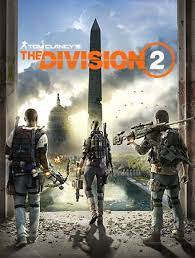 As we explore new regions, we meet new people and all of those people have rich histories and backstories that made them who they are and how they react to the situation at this point. We get the privilege of learning more about established characters by meeting people we’ve never met before and getting their perspective on the state of the world and what our characters have represented to them based on how they have been treated by agents of the Division or individual interactions with our established characters. We will be learning more about many of our established characters in future content releases over the next year and I’m excited to see how the community responds to the new information they get about these people they think they already know. The funny thing about people is we are always much more complicated than expected and unless you directly ask someone why they do a thing and they answer honestly, you can never truly understand someone’s motivations or reasons for behaving the way they do. As long as people are complex and your characters are built like real people, you will never run out of potential stories you can tell about them.
As we explore new regions, we meet new people and all of those people have rich histories and backstories that made them who they are and how they react to the situation at this point. We get the privilege of learning more about established characters by meeting people we’ve never met before and getting their perspective on the state of the world and what our characters have represented to them based on how they have been treated by agents of the Division or individual interactions with our established characters. We will be learning more about many of our established characters in future content releases over the next year and I’m excited to see how the community responds to the new information they get about these people they think they already know. The funny thing about people is we are always much more complicated than expected and unless you directly ask someone why they do a thing and they answer honestly, you can never truly understand someone’s motivations or reasons for behaving the way they do. As long as people are complex and your characters are built like real people, you will never run out of potential stories you can tell about them.
3-You help coordinate novels based on Ubisoft IP. What makes a good transmedia novel in your
opinion?
One that respects the source material but explores different types of stories that work better for the medium. We get to be more internal in a novel. We get to focus on motivation and character in a way that you can’t really explore in the game without it feeling cheesy or like the writer is trying too hard to be clever. My favorite things about transmedia is that it allows you to engage in the world in ways that are suited to the medium. What works for film does not always work for a novel or an audiodrama, what is perfect in a comic doesn’t always translate to the game. If your world is rich you can make a piece of art in any medium. My weird dream that will never happen because I am a musical theater kid would be to make a Division Musical with Lin Manuel Miranda, my original dream before getting involved with transmedia was to have him get into a booth and just freestyle rap about the state of the world and be an NPC in a safehouse near Broadway. That Lin was just a person who survived and tried to keep making art. This is my weird fantasy that will never happen, but, eh, weirder fantasies have become reality and sometimes throwing things out into the universe can result in the world echoing back, “yes please, I want to have that.”
4-How do you instill narrative in a game like Rainbow Six: Siege, that doesn’t have the sort of
structure that generally allows for narrative development.
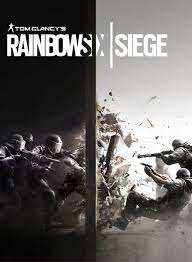 The same way I approach all narrative design. I look at the constraints as opportunities. All we have is barks, which means all we have is character. We have ambient audio to build the map, we tell a fixed story in the map. We use the art to build the world. We use the textures and marketing to ground the characters. Multiplayer live games in general are not built to tell a single player narrative experience. That is not the goal. A lot of the stories in games that are traditionally elevated as being amazing are really screenplays with combat beats. The richest and most complex stories are in games that are much more complicated than that. But I think people still expect the game to fit in a screenplay format, especially for award shows. We need to retrain people on what qualifies as story. It’s not just the cinematics. Especially when you can hold A to skip. It’s the content you engage with regardless of how expensive or long you engage with it. The small moments are the things that people remember. The weird lines and characters or a stunning piece of art. A moment that is real and evocative and makes you feel something and helps you better understand the world is a great piece of story, even a piece of graffiti that lets you know the True Sons are here, get ready, can be a wonderful and necessary story that helps the player engage more fully with the world.
The same way I approach all narrative design. I look at the constraints as opportunities. All we have is barks, which means all we have is character. We have ambient audio to build the map, we tell a fixed story in the map. We use the art to build the world. We use the textures and marketing to ground the characters. Multiplayer live games in general are not built to tell a single player narrative experience. That is not the goal. A lot of the stories in games that are traditionally elevated as being amazing are really screenplays with combat beats. The richest and most complex stories are in games that are much more complicated than that. But I think people still expect the game to fit in a screenplay format, especially for award shows. We need to retrain people on what qualifies as story. It’s not just the cinematics. Especially when you can hold A to skip. It’s the content you engage with regardless of how expensive or long you engage with it. The small moments are the things that people remember. The weird lines and characters or a stunning piece of art. A moment that is real and evocative and makes you feel something and helps you better understand the world is a great piece of story, even a piece of graffiti that lets you know the True Sons are here, get ready, can be a wonderful and necessary story that helps the player engage more fully with the world.
5-What are you looking forward to seeing in game writing as we go forward?
I’m looking forward to people respecting barks. Respecting the Menus and HUD. Respecting each other’s work. I’m looking forward to the future where we realize everything matters and everything is worth focus, attention, energy and consideration. Every person in your world from the studio to the characters is deserving of having their humanity and contributions seen, celebrated and respected. I’m looking forward to people realizing that game narrative is a viable option to tell story, to build a career, to create stability and art. I’m looking forward to more people learning how to use the constraints as opportunities.
Thanks so much to Lauren for her time and thoughtful answers, and check out her work on the ongoing saga of The Division.
Next week things are going to get a little crazy – I’m interviewing…an editor.
 1-What’s it like putting together a narrative for a game like HyperScape that is by definition non-linear?
1-What’s it like putting together a narrative for a game like HyperScape that is by definition non-linear?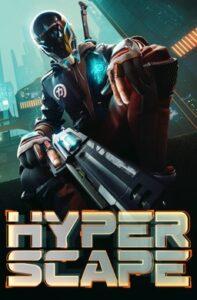 This meant a LOT of planning: how much info could we write into a character’s bio in the store? What would be consistent and change between different skins? What bio info would change from season-to-season? When was a character/skin going to be released DURING a season? What order would the memory shards be released? Could we do environmental storytelling on the game map that would link to the fiction? Where would the trailers or short movies come out? How do we tell an engaging story in the comic that links to everything else, but also feels self-contained?
This meant a LOT of planning: how much info could we write into a character’s bio in the store? What would be consistent and change between different skins? What bio info would change from season-to-season? When was a character/skin going to be released DURING a season? What order would the memory shards be released? Could we do environmental storytelling on the game map that would link to the fiction? Where would the trailers or short movies come out? How do we tell an engaging story in the comic that links to everything else, but also feels self-contained?  4-What’s your favorite part of the job when it comes to game writing?
4-What’s your favorite part of the job when it comes to game writing? Alex Bledsoe’s Tufa novels are some of the finest modern fantasy out there. If you haven’t read them, they’re a treat and you owe it to yourself to pick them up. He also was part of the collective that wrote for Transgressive Horror: Reflections on Scare Films that Broke the Rules, which is where our paths crossed. He was kind enough to sit down for five questions about the Tufa novels, vampires in Memphis, and why all horror movies are transgressive. Without further ado, I give you Five For Writing with Alex Bledsoe.
Alex Bledsoe’s Tufa novels are some of the finest modern fantasy out there. If you haven’t read them, they’re a treat and you owe it to yourself to pick them up. He also was part of the collective that wrote for Transgressive Horror: Reflections on Scare Films that Broke the Rules, which is where our paths crossed. He was kind enough to sit down for five questions about the Tufa novels, vampires in Memphis, and why all horror movies are transgressive. Without further ado, I give you Five For Writing with Alex Bledsoe. All good horror films should be transgressive in some sense; it’s in their nature. The point of horror is to expose the viewer to images and ideas they would never encounter elsewhere, and to show the embodiment of those images and ideas as realistically as possible. The German cinemagoers lucky enough to see Nosferatu on its first release would have considered the vampire as a transgressive figure, a visual representation of something that broke so many social rules.
All good horror films should be transgressive in some sense; it’s in their nature. The point of horror is to expose the viewer to images and ideas they would never encounter elsewhere, and to show the embodiment of those images and ideas as realistically as possible. The German cinemagoers lucky enough to see Nosferatu on its first release would have considered the vampire as a transgressive figure, a visual representation of something that broke so many social rules.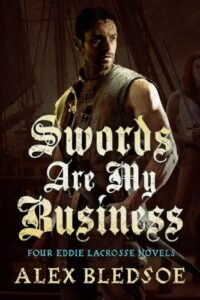 4-Your Eddie LaCrosse series is fantasy noir. Why mix those two genres?
4-Your Eddie LaCrosse series is fantasy noir. Why mix those two genres?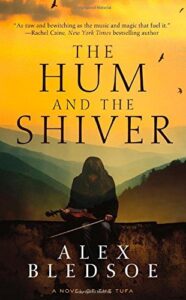 5-The Tufa novels feel deeply personal. Where did they come from, and will we see more of them?
5-The Tufa novels feel deeply personal. Where did they come from, and will we see more of them?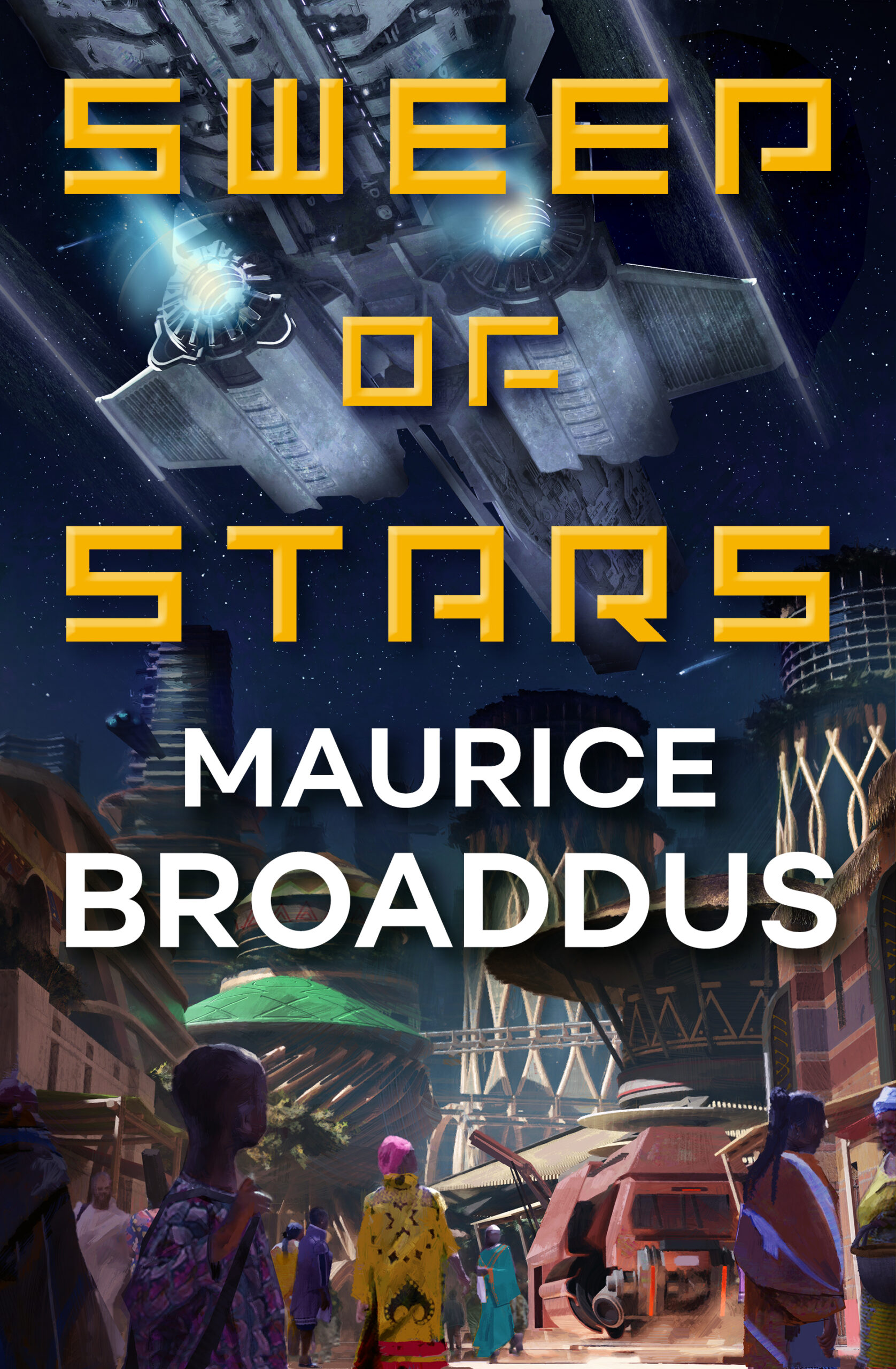 1-How exactly does one
1-How exactly does one 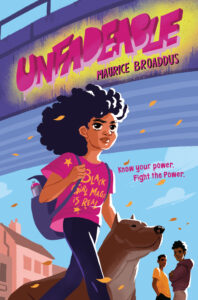 4-Religion is a strong theme in your life. How do you see it affecting your fiction?
4-Religion is a strong theme in your life. How do you see it affecting your fiction? 5-You do a lot of community outreach. How is your writing bound up in that?
5-You do a lot of community outreach. How is your writing bound up in that? 1-What’s interesting to you about transgressive horror?
1-What’s interesting to you about transgressive horror?
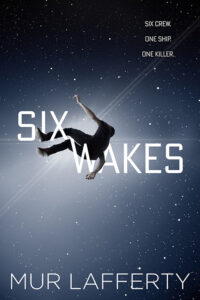 2-Six Wakes is probably your most critically acclaimed work. What was the inspiration for it?
2-Six Wakes is probably your most critically acclaimed work. What was the inspiration for it?
 5-You’re an award winning podcaster. How does the podcasting intersect with your writing?
5-You’re an award winning podcaster. How does the podcasting intersect with your writing? to his credit. He lives in Vermont, which is possibly the last state that Godzilla would destroy if given the chance, and he was kind enough to sit down for five (plus one bonus) questions. Here’s Five For Writing with John Goodrich:
to his credit. He lives in Vermont, which is possibly the last state that Godzilla would destroy if given the chance, and he was kind enough to sit down for five (plus one bonus) questions. Here’s Five For Writing with John Goodrich: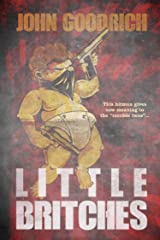 2-Why would a toddler take up a life of crime as a hitman?
2-Why would a toddler take up a life of crime as a hitman? 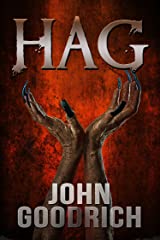 4-You live in Vermont. What impact does that have on your writing?
4-You live in Vermont. What impact does that have on your writing?  1-What are the differences for you between writing fiction and writing games?
1-What are the differences for you between writing fiction and writing games? Naturally, that dovetails nicely into the big difference between writing for games and writing fiction… persistent group input. Writing fiction, you’re in this wonderful little bubble, working on your own stuff until it’s done and until you’re ready to share it. Video game writing is constantly scrutinized and evaluated whether you think it’s ready or not. In fiction, the job of the first draft isn’t to stand up to scrutiny… its
Naturally, that dovetails nicely into the big difference between writing for games and writing fiction… persistent group input. Writing fiction, you’re in this wonderful little bubble, working on your own stuff until it’s done and until you’re ready to share it. Video game writing is constantly scrutinized and evaluated whether you think it’s ready or not. In fiction, the job of the first draft isn’t to stand up to scrutiny… its  3-Have you ever thought about going back to tabletop? Why or why not?
3-Have you ever thought about going back to tabletop? Why or why not?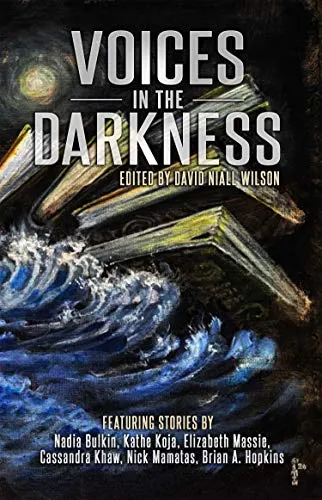 1-We first met when you were writing White Wolf tie-in novels. was it fun to play in
1-We first met when you were writing White Wolf tie-in novels. was it fun to play in 4-These days you wear two hats: writer and publisher. Which do you prefer, and why?
4-These days you wear two hats: writer and publisher. Which do you prefer, and why? 1-Your first reading was the opening reading of a major horror convention, Scares That Care. What were you feeling going up to the podium?
1-Your first reading was the opening reading of a major horror convention, Scares That Care. What were you feeling going up to the podium?